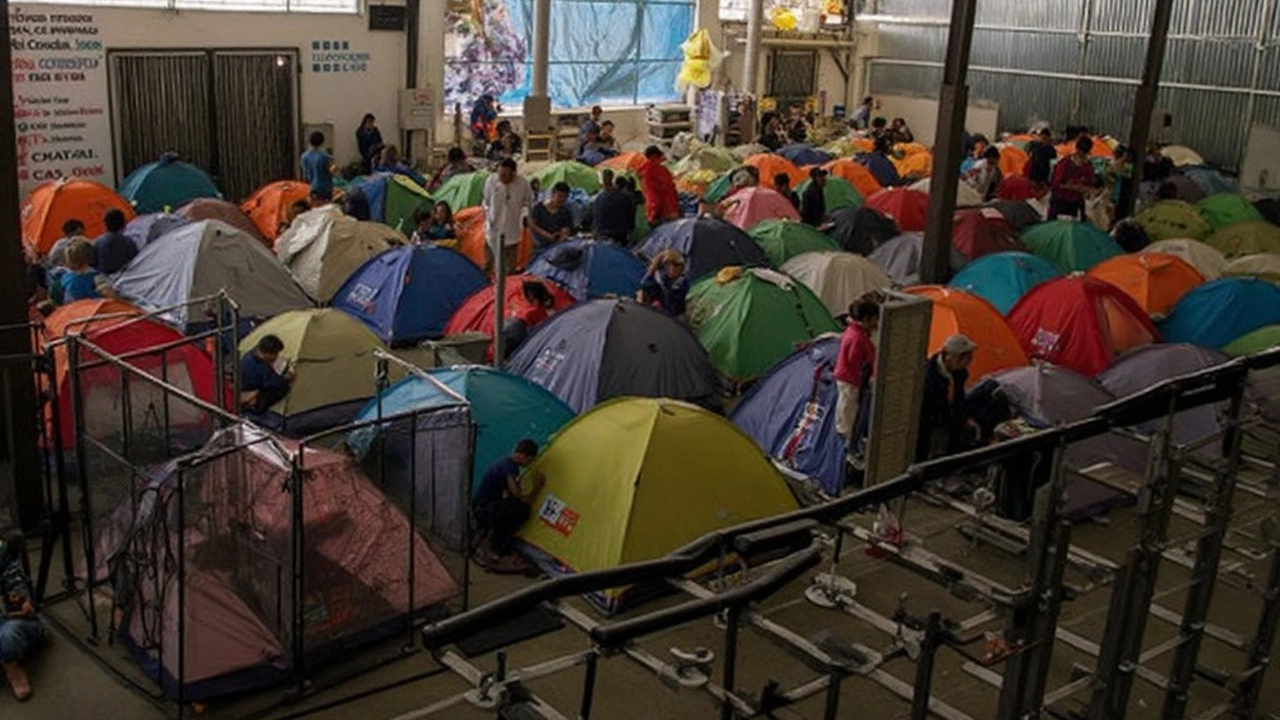Tijuana’s Shelters Stand Nearly Empty
If you wandered into Tijuana’s migrant shelters today, you’d notice something jarring. Rows of bunks sit unused. The once-busy sidewalks look almost deserted. Only a trickle of migrants now linger in places that, just a year ago, packed in families waiting for a shot at crossing into the U.S.
This isn’t some seasonal dip. It’s a dramatic change that started right after Donald Trump stepped back into the White House in January 2025. U.S. border apprehensions collapsed from an eye-watering 250,000 in December 2023 to fewer than 8,400 border crossings by April 2025. The numbers don’t lie: Tijuana’s days as a migration epicenter seem over, at least for now.

Living With Stricter Rules and Fewer Options
The story isn’t as simple as migrants losing interest. “We’re basically stuck,” admits Blanca Isabel Romero, who left Morelos because of violence and wound up camping out in Tijuana after her border plans fizzled. Like her, some have set up temporary lives, waiting to see if opportunities reopen. Others have scattered to new, sometimes riskier, routes—especially after Mexico’s government cracked down on migrants hitching northbound trains and after reports of more violence near Tamaulipas.
Shelter managers are seeing this first-hand. Beds collect dust for the first time in years. Stores selling cheap prepaid phones admit business has dropped. Volunteers who once spent days tending to long lines at consulates say things feel “strangely calm.”
Access to the U.S. has been squeezed from every angle. American authorities slashed asylum appointments and tightened entry requirements. Even the notorious makeshift encampments along the border have all but vanished amid the clampdown. Some migrants who make it as far as Tijuana have simply decided not to risk it, afraid they’ll be turned away or face long waits in Mexico.
While a few hotspots remain—San Diego still sees some movement, for example—the wider Baja region has slowed almost to a halt. Arrest figures, local transit data, and satellite images all confirm the lull. For now, Tijuana’s crowded lines and overstuffed shelters are just a memory.
Here’s the head-scratcher: Even as local aid groups and people on the ground talk about peace and quiet, U.S. authorities still call this a “border emergency.” The gap between rhetoric and reality is hard to miss. For those still watching the border, it’s a weird and uneasy new chapter: the calm after years of chaos, but with plenty of questions about when—and if—it will end.




